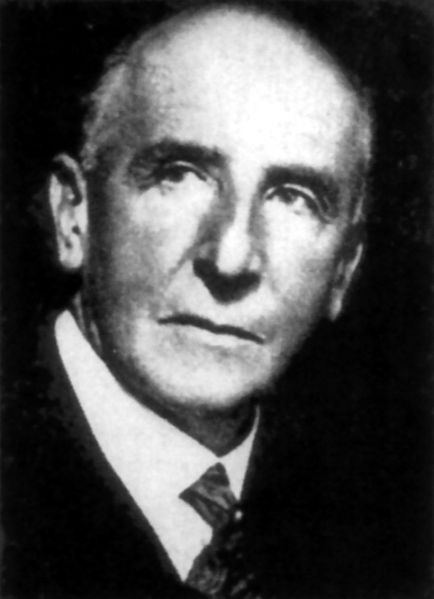File:Robert Meyer.jpg

Original file (482 × 665 pixels, file size: 127 KB, MIME type: image/jpeg)
Robert Meyer
Robert Meyer (1864 – 1947) was a German embryologist and pathologist.
He studied medicine at the universities of Leipzig, Heidelberg and Strassburg, receiving his doctorate in 1889 (Strassburg). From 1890 to 1894 he was a medical practitioner in the community of Dedeleben, and afterwards worked as assistant to gynecologist Johann Veit in Berlin.
Head of the laboratory in the women's clinic at the Berlin Charité (1909 to 1911), and in 1912 succeeded Carl Arnold Ruge as chief of the pathological institute of the university women's clinic. In 1932 he became an honorary professor to the faculty of medicine at the university. Because of his Jewish ancestry, he was removed from his position at Berlin in 1935 and emigrated to the United States, settling in Minneapolis in 1939.
The "Weigert-Meyer law" is a rule concerning the anatomical relationship of the two ureters, named in conjunction with pathologist Carl Weigert.
Cite this page: Hill, M.A. (2024, June 25) Embryology Robert Meyer.jpg. Retrieved from https://embryology.med.unsw.edu.au/embryology/index.php/File:Robert_Meyer.jpg
- © Dr Mark Hill 2024, UNSW Embryology ISBN: 978 0 7334 2609 4 - UNSW CRICOS Provider Code No. 00098G
File history
Yi efo/eka'e gwa ebo wo le nyangagi wuncin ye kamina wunga tinya nan
| Gwalagizhi | Nyangagi | Dimensions | User | Comment | |
|---|---|---|---|---|---|
| current | 13:14, 5 May 2019 |  | 482 × 665 (127 KB) | Z8600021 (talk | contribs) | Robert Meyer (11 January 1864, in Hanover – 12 December 1947, in Minneapolis) was a German pathologist. He studied medicine at the universities of Leipzig, Heidelberg and Strassburg, receiving his doctorate at the latter institution in 1889. From 189... |
You cannot overwrite this file.
File usage
The following 6 pages use this file: